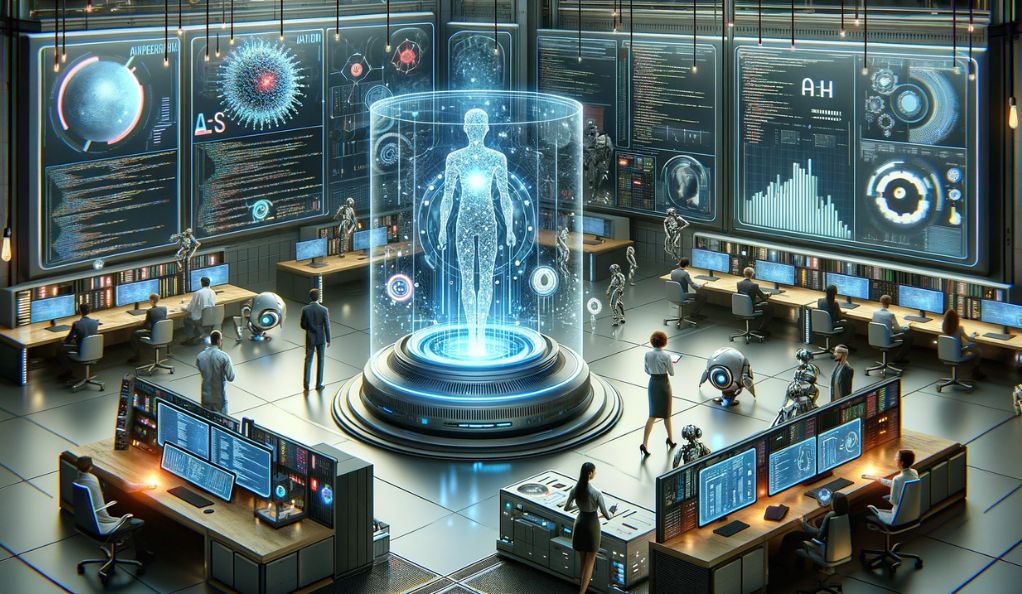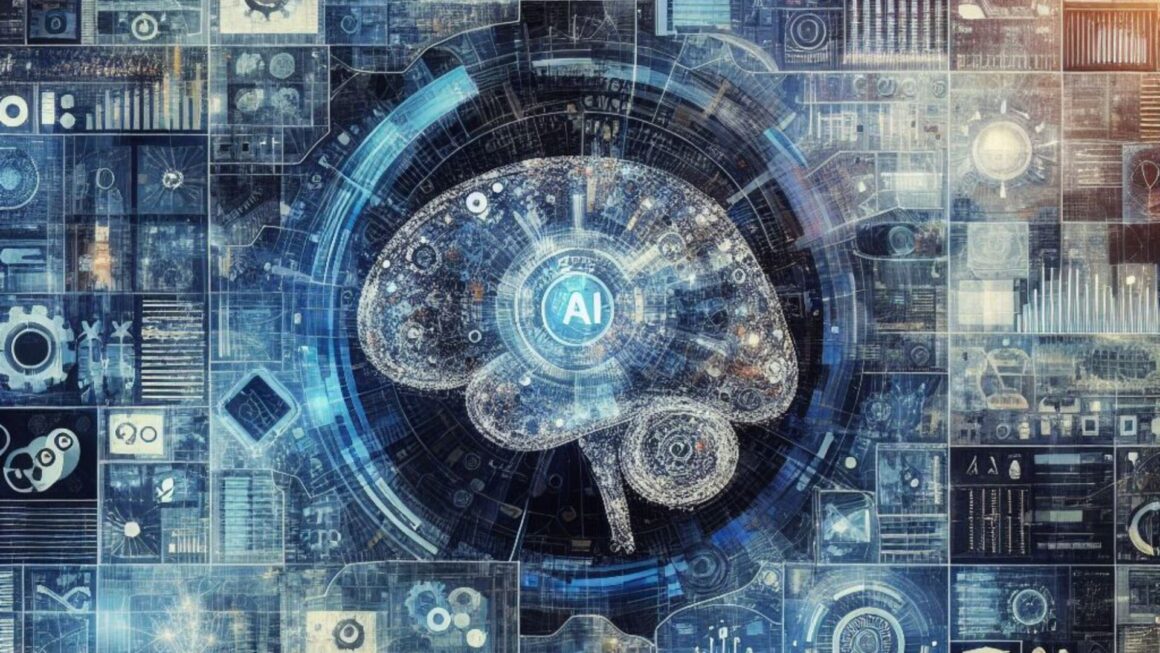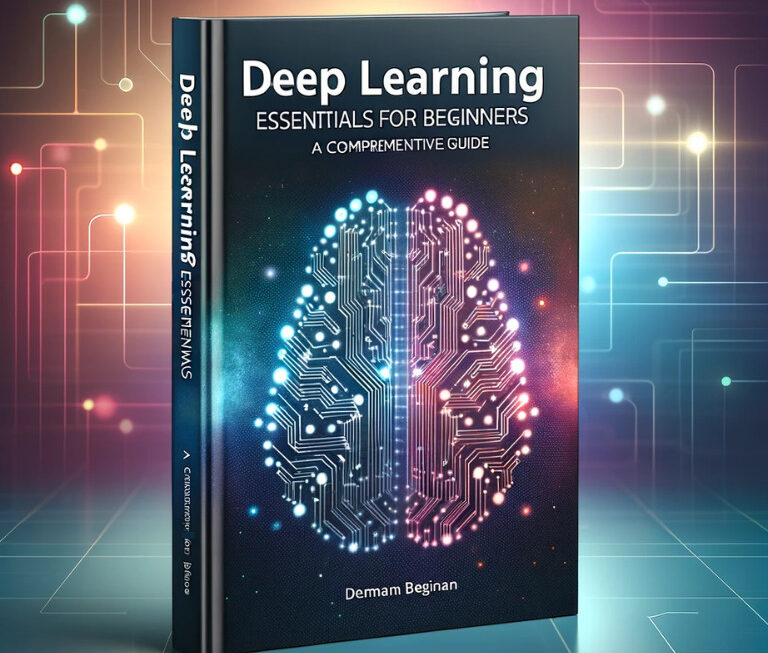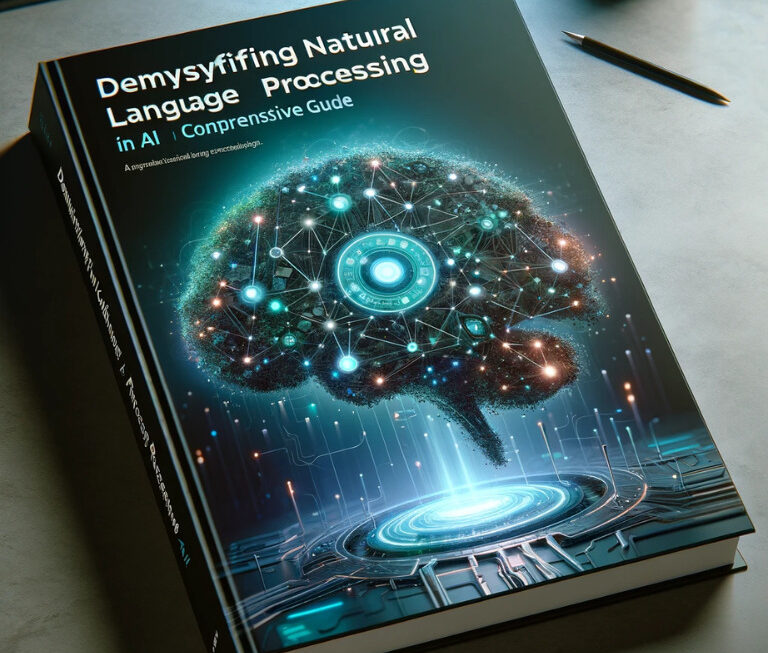In the fast-paced world of digital innovation, the role of Quality Assurance (QA) is pivotal in delivering flawless applications and websites to end-users. Traditional QA methodologies, while thorough, often struggle to keep up with the rapid development cycles demanded by modern software markets. This is where Artificial Intelligence (AI) steps in, heralding a new era for automated testing.
The Convergence of AI and QA
AI in automated testing refers to the integration of artificial intelligence technologies, such as machine learning (ML), natural language processing (NLP), and neural networks, to improve and expedite the testing processes. AI doesn’t just automate repetitive tasks; it brings intelligence to the automation, enabling systems to mimic human behavior, learn from past data, and make decisions with minimal human intervention.
A Brief History of QA Evolution
| Generation | Time Period | Characteristics |
|---|---|---|
| First | Pre-2000s | Manual Testing |
| Second | Early 2000s | Test Automation |
| Third | 2010s | Agile and DevOps Integration |
| Fourth | Present | AI and ML Integration |
Initially, QA relied heavily on manual testing, which was both time-consuming and prone to human error. The early 2000s saw the rise of test automation, which allowed for repetitive test cases to be run automatically. However, the real transformation began with the integration of Agile and DevOps practices, which necessitated faster and more frequent testing cycles.
Today, we stand at the brink of the fourth generation of QA, where AI-driven testing is not just a luxury but a necessity. AI-powered tools can analyze application data, user behaviors, and test results to continuously improve testing strategies and outcomes.
The AI Advantage in QA
The integration of AI into automated testing brings several advantages:
- Efficiency: AI can quickly analyze vast amounts of data to identify patterns and predict outcomes, speeding up the testing process.
- Accuracy: By learning from previous test cases, AI reduces the likelihood of human error and increases the precision of test results.
- Adaptability: AI algorithms can adapt to changes in the application or environment, ensuring that the QA process remains robust against evolving challenges.
- Predictive Analytics: AI can forecast potential future issues based on historical data, allowing teams to proactively address problems before they impact users.
The Impact of AI on Quality Assurance

The advent of AI in the realm of Quality Assurance (QA) has been nothing short of revolutionary. It’s not merely the automation of tasks that AI brings to the table, but a fundamental enhancement in how these tasks are performed and how QA is conceptualized. AI’s impact on QA is multifaceted, affecting everything from the efficiency of processes to the quality of the end product.
Transforming the QA Landscape
AI’s foray into QA has led to a paradigm shift in the industry. Traditional testing methods, while systematic, often fail to keep pace with the dynamic nature of software development. AI transcends these limitations by introducing capabilities that are reshaping the QA process:
- Dynamic Problem Solving: Unlike static automated tests, AI-driven tests can evolve based on the data they encounter. This means that the tests become more effective over time, identifying and adapting to new challenges autonomously.
- Enhanced Test Coverage: AI algorithms can analyze application usage patterns to identify untested paths, leading to broader test coverage and a more robust application.
- Real-time User Behavior Simulation: By leveraging data on actual user interactions, AI can simulate a wide range of user behaviors to test different scenarios, ensuring that applications are vetted against real-world conditions.
AI-Driven Improvements in Testing
The improvements AI introduces to the testing process are not incremental; they are transformative. Here are some of the key enhancements:
- Speed: AI can execute and analyze tests at a pace no human team can match, significantly reducing the time from development to deployment.
- Reliability: With AI’s ability to learn and adapt, the reliability of testing processes improves, resulting in software with fewer bugs and issues.
- Cost-Effectiveness: By automating complex tasks and reducing the need for manual testing, AI helps in cutting down the costs associated with lengthy QA cycles.
Case in Point: AI in Action
Consider the case of a financial application that handles millions of transactions. Traditional testing might check predefined scenarios, but AI can go further by analyzing transaction patterns to predict and test edge cases, ensuring the application’s reliability under unexpected conditions.
The Human-AI Collaboration
While AI brings a host of improvements, it does not render human testers obsolete. Instead, it frees them from mundane tasks, allowing them to focus on more complex aspects of QA such as test design and strategic planning. This collaboration between human intelligence and artificial intelligence is the cornerstone of modern QA.
In essence, the impact of AI on QA is a testament to the technology’s potential to not just automate but to innovate. As AI continues to evolve, its role in QA is set to expand, promising even greater advancements in the quality and reliability of software applications and websites.
AI-Driven Test Case Generation
One of the most significant breakthroughs in QA brought about by AI is the ability to generate test cases automatically. This is not just a matter of replicating predefined tests but creating new and relevant test scenarios based on the evolving landscape of the application and user interactions.
Understanding AI-Generated Test Cases
AI-driven test case generation involves the use of sophisticated algorithms that can parse through application data, user input, and previous test results to produce test cases that are both comprehensive and pertinent. These algorithms can identify patterns and anomalies that might escape even the most diligent human testers.
- Data-Driven Approach: AI algorithms can sift through large datasets to identify the most critical test scenarios, ensuring that every test case adds value to the QA process.
- Behavioral Learning: By understanding user behavior, AI can create tests that reflect real-world usage, leading to more user-centric applications.
Benefits of AI for Test Case Creation
The benefits of employing AI in test case generation are manifold:
- Efficiency: AI can generate test cases faster than any human team, significantly speeding up the initial phases of testing.
- Relevance: Tests created by AI are based on actual data and usage patterns, ensuring that they remain relevant to the application’s context.
- Comprehensiveness: AI can cover more scenarios, including edge cases that might not be immediately obvious to human testers.
From Theory to Practice
Let’s take an e-commerce platform as an example. An AI system can analyze customer purchase patterns, navigation flows, and even seasonal trends to generate test cases that ensure the platform can handle peak loads, complex transactions, and diverse user behaviors.
AI in Test Execution and Monitoring

The execution and monitoring phase of testing is where AI truly shines. AI doesn’t just run tests; it observes and learns from them, providing insights that can be used to refine the testing process further.
Real-Time Execution and Adaptation
AI tools are capable of executing tests while simultaneously monitoring their outcomes in real-time. This allows for immediate adjustments and the ability to respond to issues as they arise.
- Continuous Learning: As AI executes tests, it learns from each interaction, refining its understanding of the application and improving subsequent tests.
- Anomaly Detection: AI is adept at detecting deviations from expected outcomes, flagging potential issues for further investigation.
Monitoring Beyond the Surface
AI’s monitoring capabilities go beyond simple pass/fail outcomes. It can analyze the performance of the application under test, monitor system resources, and even assess the user experience.
- Performance Insights: AI can gauge the application’s responsiveness and stability under various conditions, providing valuable feedback on performance bottlenecks.
- Resource Utilization: By monitoring system metrics, AI can identify inefficiencies and potential improvements in resource usage.
Machine Learning Algorithms in Test Optimization
The application of Machine Learning (ML) algorithms in QA processes is a game-changer, particularly in the realm of test optimization. ML models can analyze historical test data to identify trends and patterns, enabling QA teams to prioritize and optimize test cases for maximum impact.
Leveraging ML for Smarter Testing
ML algorithms can be trained on past test executions to predict which areas of the application are most likely to fail, and therefore should be tested more rigorously. This predictive capability ensures that testing efforts are not wasted on stable features but are focused on areas with the highest risk.
- Predictive Prioritization: By predicting the likelihood of defects, ML helps in prioritizing test cases, ensuring that high-risk areas are tested first.
- Test Suite Optimization: ML can suggest which tests to keep, modify, or discard, leading to a leaner and more effective test suite.
Case Studies on ML Improving Test Coverage
Several case studies highlight the efficacy of ML in enhancing test coverage:
- Automated Defect Prediction: ML models can forecast potential defects in new code commits based on historical defect data, allowing testers to preemptively create tests for high-risk areas.
- Flaky Test Identification: ML can identify and help remediate flaky tests—tests that exhibit non-deterministic behavior—thus improving the reliability of the test suite.
Tools and Platforms Leveraging AI in Testing
The market is replete with tools and platforms that incorporate AI to assist in various stages of the QA process. These tools offer a range of functionalities, from test creation to execution and analysis.
Overview of AI Testing Tools
- Selenium: While primarily a tool for automated web testing, Selenium is being enhanced with AI capabilities to improve test maintenance and reduce flakiness.
- Testim: This tool uses ML to speed up the authoring, execution, and maintenance of automated tests.
- Applitools: Applitools leverages visual AI to automatically verify that UIs appear correctly across different devices and browsers.
Comparative Analysis of Popular AI Testing Platforms
Each AI testing tool has its strengths, and the choice often depends on the specific needs of the project:
- For UI Testing: Tools like Applitools are ideal for ensuring visual consistency across various platforms.
- For End-to-End Testing: Platforms like Testim provide robust solutions for creating and maintaining comprehensive end-to-end tests.
Challenges and Considerations in AI-Driven Testing

Despite the clear benefits, AI-driven testing is not without its challenges. It requires a significant amount of data to train the algorithms, and there is a need for continuous monitoring to ensure that the AI is performing as expected.
Addressing Limitations and Challenges
While the integration of AI into automated testing heralds a new frontier for QA, it is not without its set of challenges and considerations. One of the primary concerns is the substantial volume of data required to train AI algorithms effectively. This data must be of high quality and representative of real-world scenarios to avoid introducing bias into the testing process. Moreover, there’s the critical issue of data privacy, particularly when user data is involved. Ensuring that AI systems are trained on anonymized datasets is crucial to maintaining user trust and complying with stringent data protection regulations.
Ethical and Practical Considerations
Another significant challenge is the interpretability of AI decisions. It’s essential for QA professionals to understand the rationale behind the AI’s actions, especially when it comes to prioritizing certain tests or flagging potential issues. This transparency is vital not only for trust but also for the iterative improvement of testing protocols. Additionally, there’s the risk of bias in AI-generated test cases if the underlying data is skewed, which can lead to a false sense of security in the test results. QA teams must remain vigilant and continuously validate the AI’s decision-making process to ensure fairness and accuracy.
The Skill Gap in AI-Driven Testing
Furthermore, the complexity of AI tools can create a skill gap in QA teams. Not every tester is trained to set up, manage, and interpret AI-driven testing tools, which can lead to underutilization of these advanced technologies. Organizations must invest in training and development to build AI competency within their teams. This skill development is not a one-time effort but an ongoing process, as AI technologies and methodologies are continuously evolving.
The Future of Automated Testing with AI
As AI technology continues to evolve, its integration with automated testing is expected to deepen, leading to even more sophisticated and intelligent QA processes.
Predictions for AI in Testing
Looking ahead, the trajectory of AI in automated testing points towards an increasingly sophisticated landscape where AI not only complements but also enhances human capabilities. We can anticipate the rise of self-healing tests, which can autonomously adapt to changes in the application’s code, thereby reducing the need for manual test maintenance. These self-adjusting tests will likely become a staple in continuous integration and deployment pipelines, ensuring that software can be delivered at speed without compromising on quality.
Another exciting development on the horizon is the advancement of anomaly detection. Future AI tools are expected to possess even more nuanced detection capabilities, identifying subtle and complex issues that would typically evade human testers. This will be particularly crucial in complex systems where the interplay of various components can lead to unpredictable behaviors. With AI’s deep learning and pattern recognition prowess, the detection of such anomalies could become far more proactive, allowing teams to address potential issues before they escalate into user-facing problems.
Preparing for AI Integration
For organizations aiming to harness the full potential of AI in automated testing, preparation will be key. This preparation involves cultivating a culture that embraces a data-driven QA approach. Data is the lifeblood of AI, and a systematic approach to collecting, analyzing, and utilizing data will be fundamental to successful AI integration. Moreover, investing in AI skills will be indispensable. As AI tools and platforms evolve, so too must the skillsets of the professionals who use them. This means ongoing training and professional development will be essential to keep pace with the advancements in AI technologies.
Furthermore, organizations should begin to lay the groundwork for AI by integrating it into their existing QA processes. This could start with simple automation and gradually expand to more complex AI functionalities as the team’s proficiency grows. By taking incremental steps towards AI adoption, organizations can manage the transition smoothly, ensuring that their teams are well-equipped to leverage AI effectively.
Conclusion: Summarizing the Transformative Potential of AI in Automated Testing
In the grand tapestry of software development, AI’s role in automated testing is a vibrant thread, weaving together the promise of technological innovation with the steadfast goal of quality assurance. As we stand on the cusp of this new era, it is evident that AI is not merely a tool but a transformative force, reshaping the landscape of QA with every test it performs. The future beckons with the assurance of software that is not just created to meet the needs of today but is engineered to anticipate and excel in the face of tomorrow’s challenges.
Embracing AI in QA is to embrace a future where efficiency, precision, and adaptability are not just ideals but realities embedded in the very fabric of software development. As the industry moves forward, the fusion of human ingenuity and artificial intelligence will continue to break new ground, ensuring that the digital solutions of the future are built on the solid foundation of unparalleled quality.




